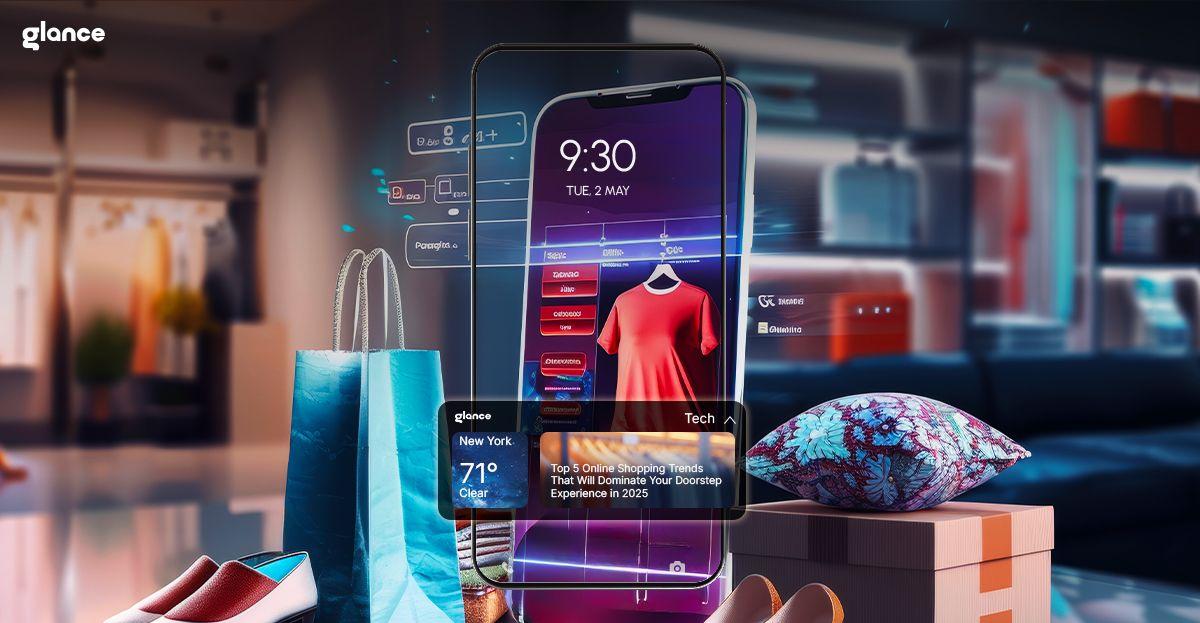The world of retail is no longer just about selling products—it’s about understanding people. Brands today are racing to decode not only what customers want, but also why they want it. At the center of this transformation lies emotion-driven product matching, a powerful innovation that blends behavioral data, emotional insights, and artificial intelligence to create shopping experiences that feel intuitive and deeply personal.
In an era where AI commerce is reshaping the traditional sales funnel, businesses that can match products to emotions before customers even articulate their needs are gaining a competitive advantage. Instead of asking, “What do you want to buy?”, retailers are learning to ask, “How do you feel right now?”
What is Emotion-Driven Product Matching?
Emotion-driven product matching is the process of analyzing shoppers’ behaviors, signals, and sentiments to recommend products that resonate with their emotional state. This goes beyond clickstream data—it’s about recognizing moods, intentions, and context.
For example:
- A shopper browsing for comfort items late at night might be shown cozy loungewear or wellness products.
- Someone shopping after a workday may see productivity-boosting tools or stylish outfit ideas to refresh their wardrobe.
- A traveler checking a store’s app at an airport might see deals on travel-friendly accessories, blending utility with mood.
Unlike traditional personalization, which relies on demographics and purchase history, emotion-driven matching captures the nuance of human behavior in real time.
Why Emotions Matter in Commerce
Buying decisions are rarely logical. Studies show that emotions drive over 90% of purchase decisions. Whether it’s excitement, curiosity, or comfort-seeking, emotions influence how customers discover, evaluate, and commit to products.
By tapping into this, emotion-driven product matching helps retailers:
- Increase conversion rates by showing the right product at the right moment.
- Build emotional connections that strengthen loyalty.
- Reduce choice fatigue by curating fewer, more relevant options.
- Create memorable journeys that feel natural rather than forced.
In short, emotions are the missing link in bridging personalization with real human behavior.
AI Commerce: Powering Emotion-Driven Journeys
The rise of AI commerce makes emotion-driven matching possible at scale. By blending machine learning, behavioral analytics, and natural language processing, AI systems can detect intent signals that humans might overlook.
Key enablers include:
- Sentiment analysis: Decoding language, tone, or reviews to understand mood.
- Visual recognition: Tracking engagement with images, colors, and aesthetics.
- Behavioral cues: Analyzing scroll patterns, dwell time, or cart edits.
These tools combine to craft personalized journeys. Instead of static product grids, shoppers see curated pathways where recommendations evolve dynamically—an intelligent commerce journey that feels responsive and human.
Predictive AI Shopping Meets Emotions
While personalization was once reactive, modern tools make it predictive. Predictive AI shopping anticipates what customers will want next by analyzing past patterns and real-time intent.
When combined with emotion-driven product matching, this becomes even more powerful:
- AI can predict that a shopper stressed about work may soon search for wellness or relaxation products.
- Emotional cues during browsing can guide recommendations before customers type a single keyword.
This anticipatory approach eliminates friction and fosters loyalty by making shopping feel effortless and empathetic.
Emotion-Driven Matching and Seamless Checkout
The benefits of emotion-driven product matching extend all the way to the checkout. When customers feel understood, they are more likely to complete purchases.
Paired with a seamless checkout experience, emotion-driven recommendations minimize decision fatigue while ensuring the last step feels smooth. A customer who feels emotionally connected to their purchase is less likely to abandon their cart—proving that emotions not only guide discovery but also sustain conversion.
Real-World Examples of Emotion-Driven Product Matching
- Streaming Services – Platforms already suggest movies based on mood tags like “feel-good” or “action-packed.” Retailers are borrowing this playbook.
- Fashion Apps – Shoppers scrolling through neutral-toned clothes might receive suggestions for minimalist styles that match their calm mood.
- Wellness Retailers – Customers searching for teas late at night may see calming blends marketed for relaxation.
These examples show how emotion-driven product matching blends context, psychology, and AI to create delight.
Benefits for Retailers and Shoppers
For Shoppers
- Products that feel tailor-made.
- Less overwhelming decision-making.
- A stronger emotional bond with brands.
For Retailers
- Higher engagement rates.
- Improved conversion and repeat purchases.
- Deeper insights into customer psychology.
Ultimately, both sides benefit from a journey that feels less transactional and more relational.
The Future of Emotion-Driven Commerce
We are only scratching the surface of what emotion-driven product matching can do. In the near future, we may see:
- Wearables integrated with retail apps to suggest purchases based on heart rate or stress levels.
- Voice-driven AI assistants detecting tone and recommending accordingly.
- Generative AI creating personalized product bundles on the fly, tuned to customer emotions in real time.
When layered into the broader context of AI commerce, these innovations point toward a future where shopping becomes more intuitive, empathetic, and enjoyable than ever before.
Conclusion
The age of personalization is evolving into something deeper—an era of empathy. Emotion-driven product matching is transforming the retail landscape by bridging technology with human psychology. With AI commerce as its engine, this innovation makes shopping journeys feel intelligent, predictive, and human-centered.
By combining predictive AI shopping, intelligent journeys, and seamless checkouts, retailers are unlocking not just higher sales, but stronger emotional connections. The message is clear: the future of commerce is not just about what customers buy, but about how they feel while buying it.

